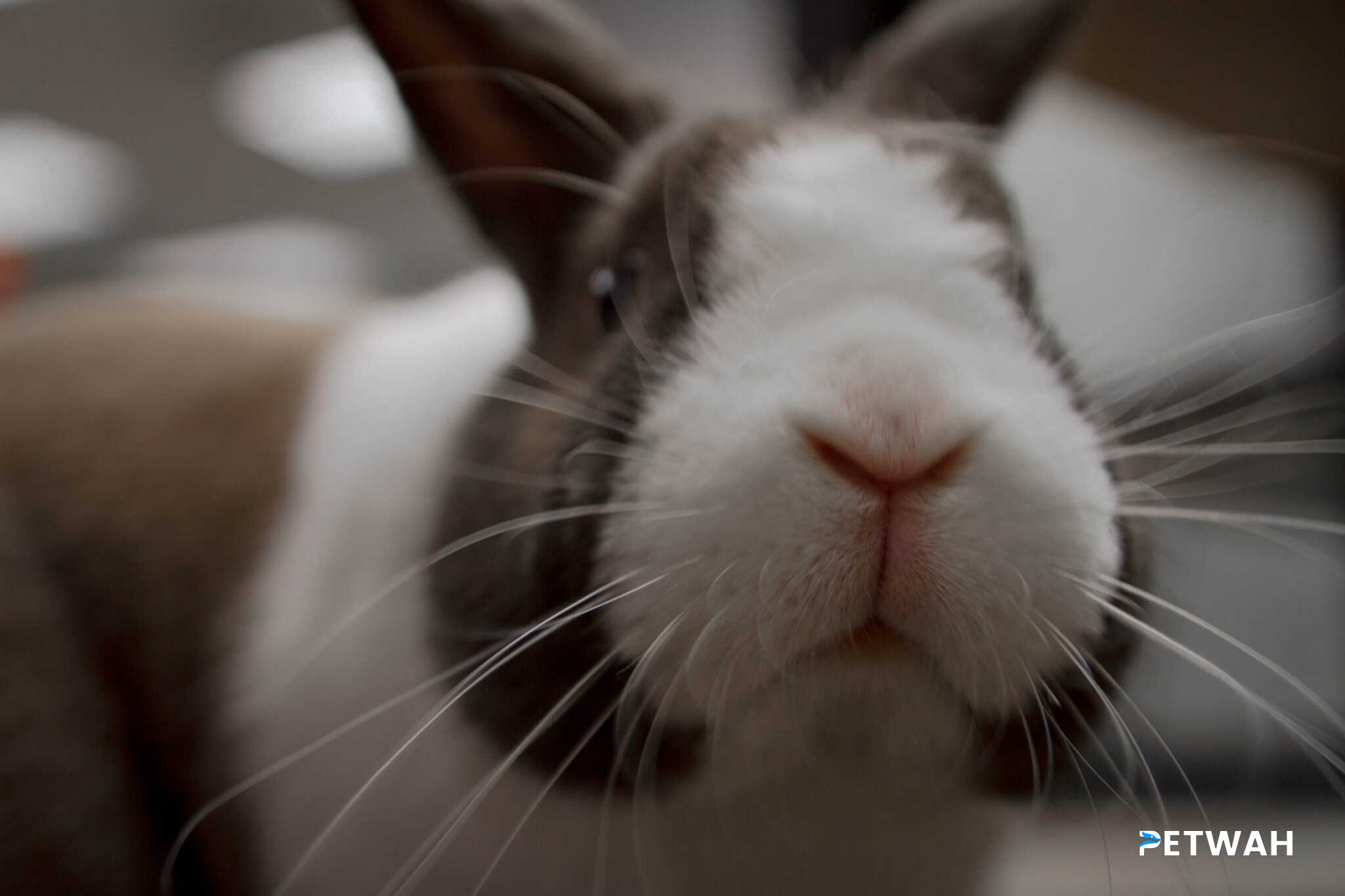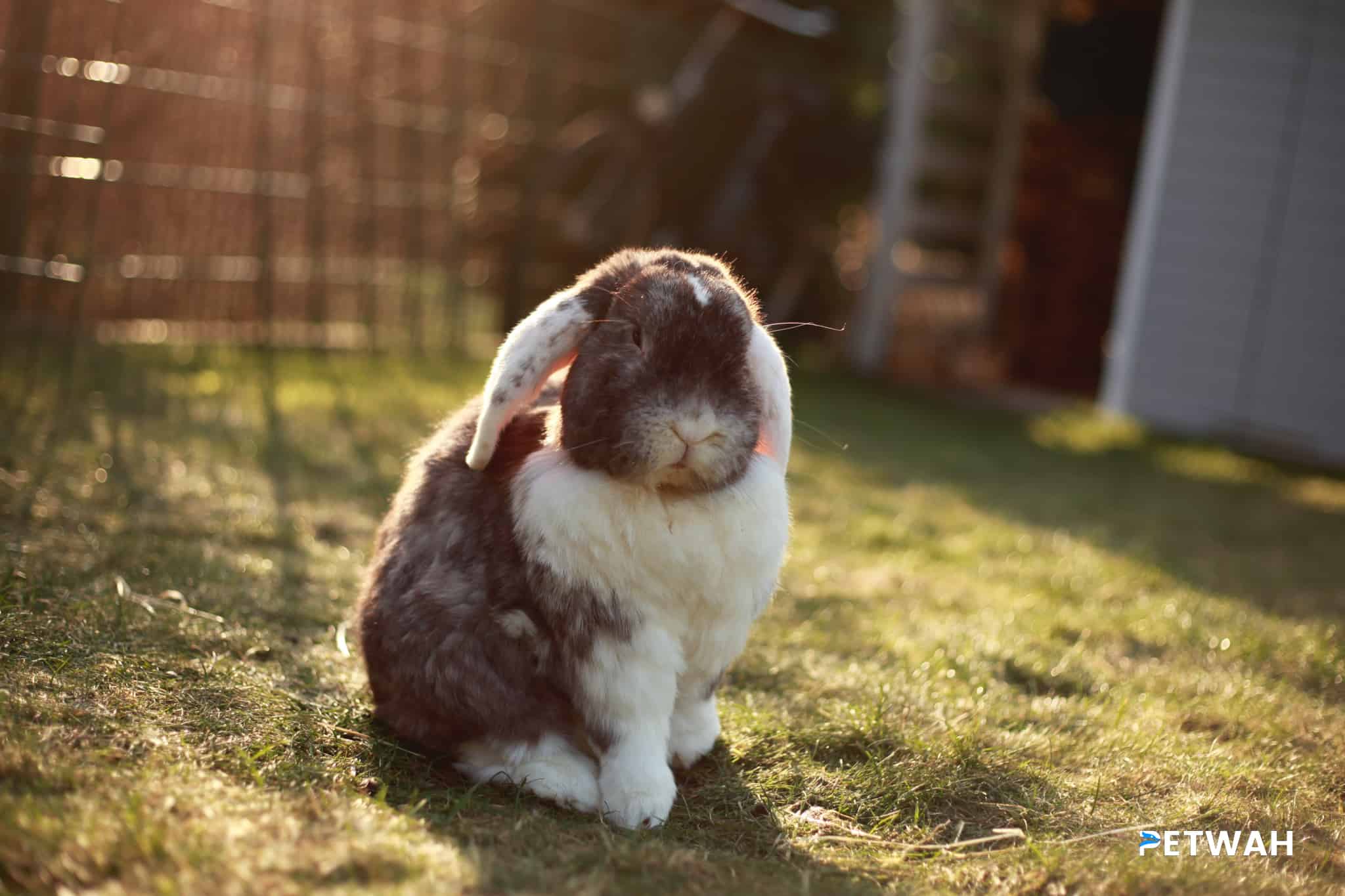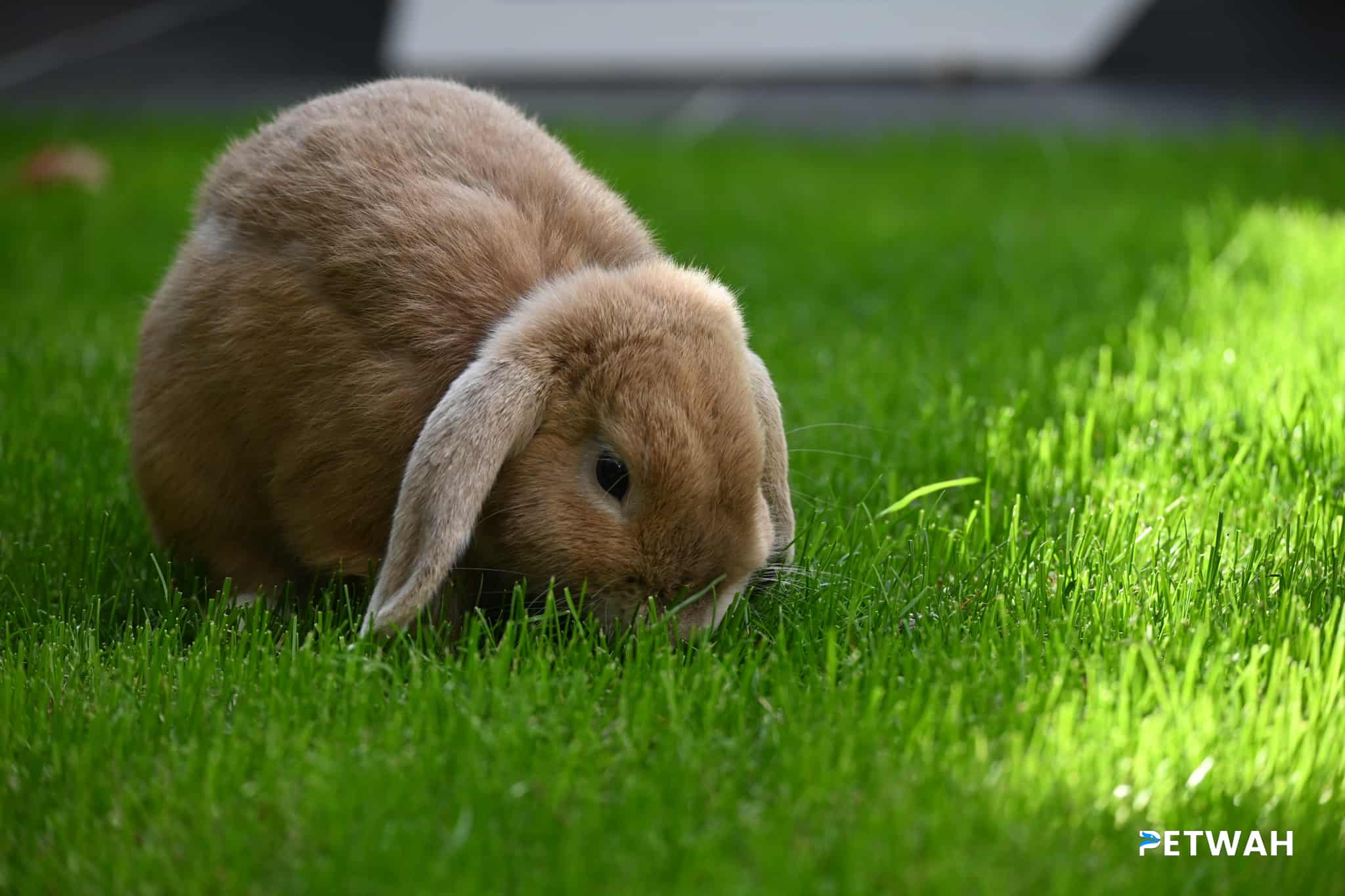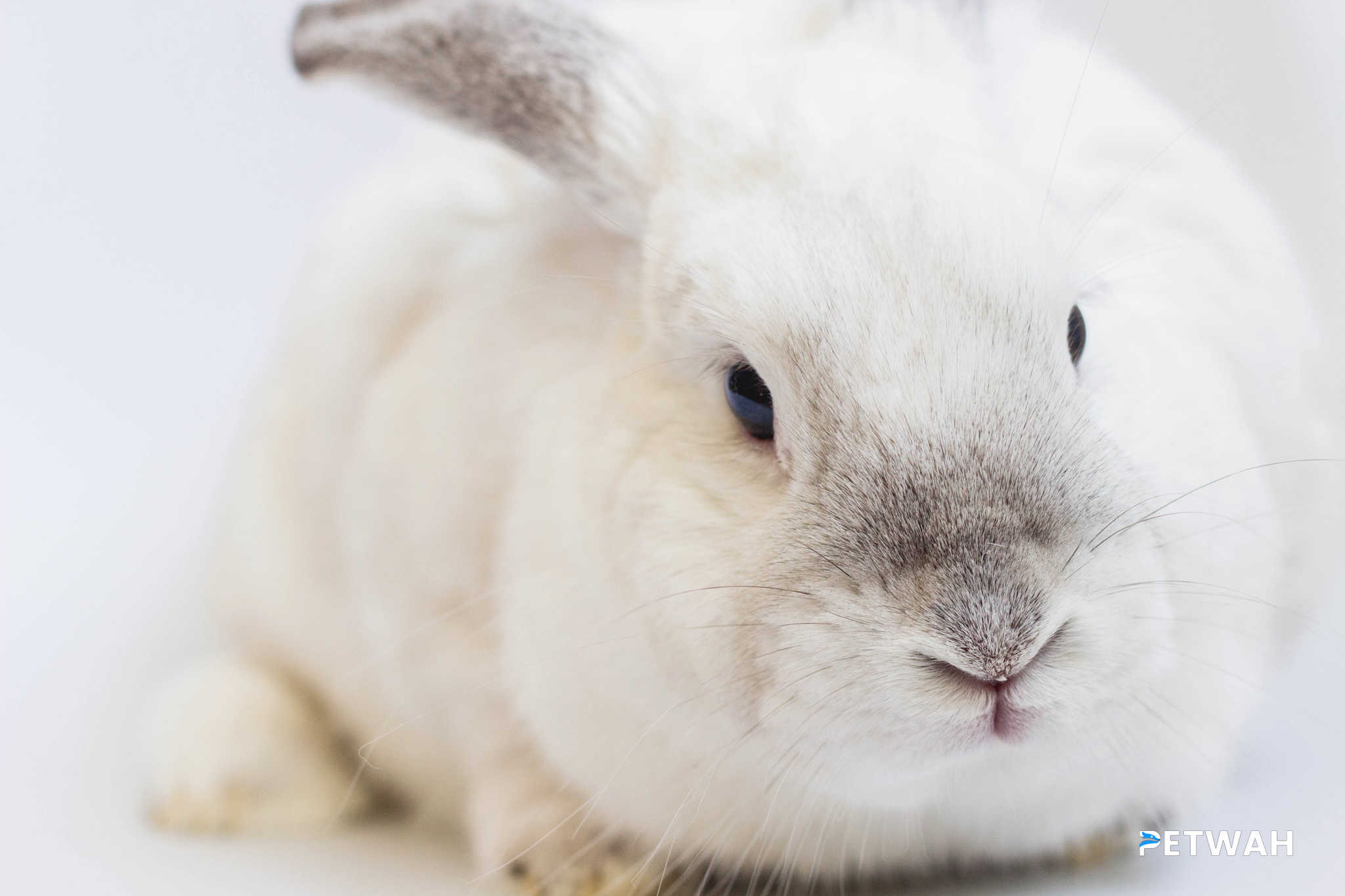Rabbits are fascinating creatures that have captured the hearts of many animal lovers. With their soft fur and cute twitching noses, it’s no surprise that they make popular pets. However, like any animal, they have their own unique set of behaviors that can sometimes leave their owners scratching their heads. From hopping to binkying, rabbits have a language of their own that can be deciphered with a bit of knowledge and observation. In this post, we’ll explore some of the most common behaviors of rabbits and what they mean, so you can better understand and communicate with your furry friends.
Rabbits are one of the most adorable animals around. They are often kept as pets and make great companions. However, understanding their behavior can be quite challenging. Rabbits are known to have unique behavior patterns that can sometimes be confusing to their owners. In this blog post, we will decode some of the common rabbit behaviors and their meanings.
1. Binkying
Binkying is a common behavior among rabbits. It involves jumping and twisting in the air. This is usually a sign of happiness and excitement. Rabbits that are happy and content will often binky around. It is a great sight to see and is a sign that your rabbit is in good spirits.
2. Thumping
Thumping is another common behavior among rabbits. It involves the rabbit thumping its hind legs on the ground. This behavior is usually a warning sign. Rabbits will thump when they feel threatened or scared. If you notice your rabbit thumping, it is best to check if there is any danger around.
3. Chinning
Chinning is a behavior that rabbits use to mark their territory. They will rub their chin on objects in their environment to leave their scent. This behavior is usually seen in male rabbits, but female rabbits can also chin. If you notice your rabbit chinning, it is best to let them mark their territory as it is a natural behavior.
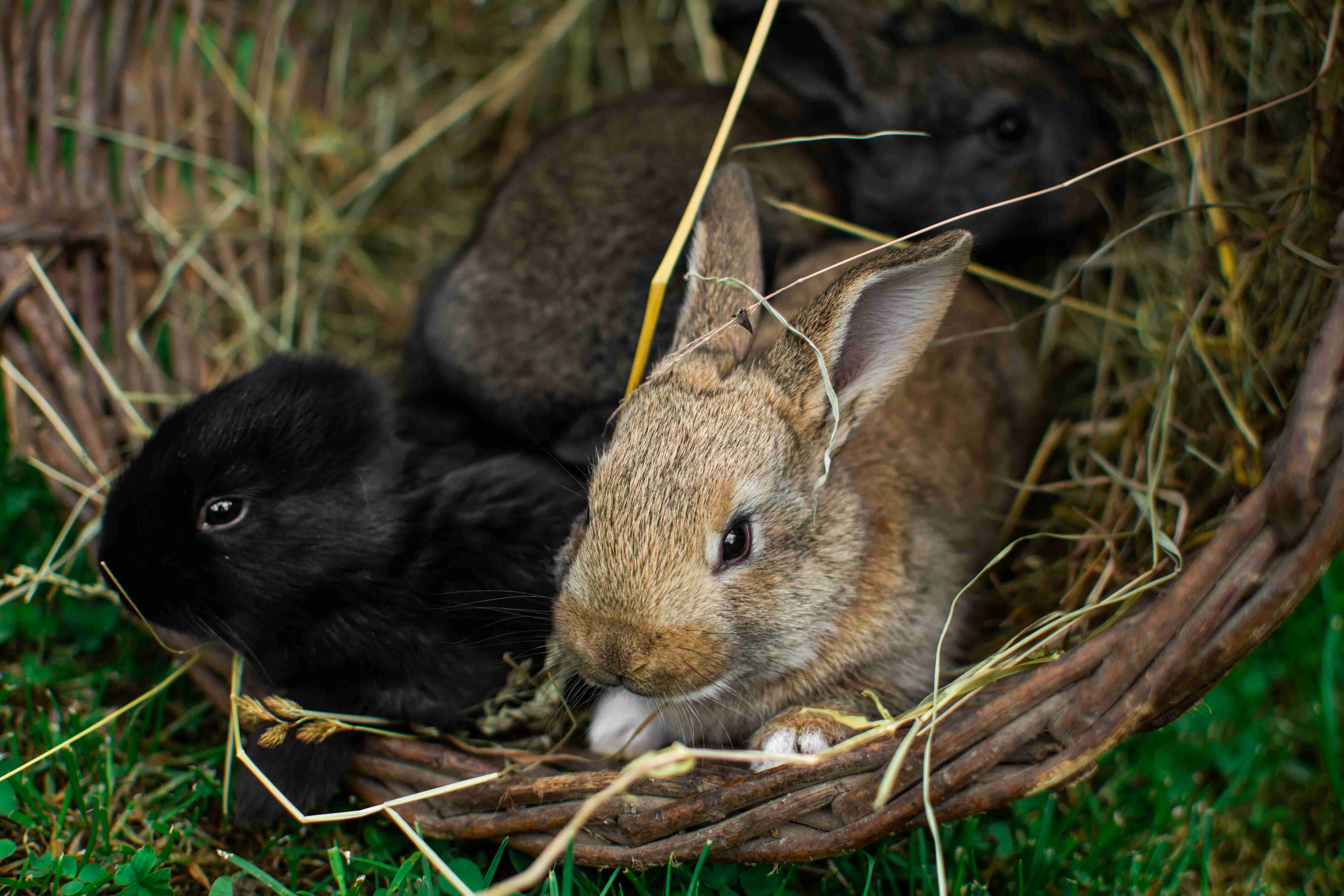
4. Licking
Rabbits are known to be great groomers. They will often lick themselves and other rabbits as a way of grooming. However, if your rabbit is constantly licking you, it could be a sign of affection. Rabbits that are bonded with their owners will often lick them as a sign of love.
5. Digging
Digging is a behavior that rabbits use to create a burrow. In the wild, rabbits will dig burrows to protect themselves from predators. Domestic rabbits will often dig around their environment as a way of creating a comfortable space. If you notice your rabbit digging, it is best to provide them with a designated digging area.
6. Nudging
Nudging is a behavior that rabbits use to get their owner’s attention. They will often nudge their owner’s hand or leg as a way of getting them to pet them. If your rabbit is nudging you, it is best to give them some attention as they are looking for affection.
Overall, understanding rabbit behavior can be quite challenging. However, by decoding some of the common rabbit behaviors, you can better understand your pet’s needs and emotions. Remember to provide your rabbit with a safe and comfortable environment to ensure they are happy and healthy.
In conclusion, understanding your rabbit’s behavior is crucial for their wellbeing and your relationship with them. By observing and decoding their behaviors, you can provide them with a safe and comfortable environment while strengthening your bond. Remember to be patient and consistent in your interactions with your rabbit, and never hesitate to consult a veterinarian or rabbit behavior specialist if you have concerns about your furry friend’s behavior. With a little understanding and care, you and your rabbit can enjoy a happy and fulfilling life together.


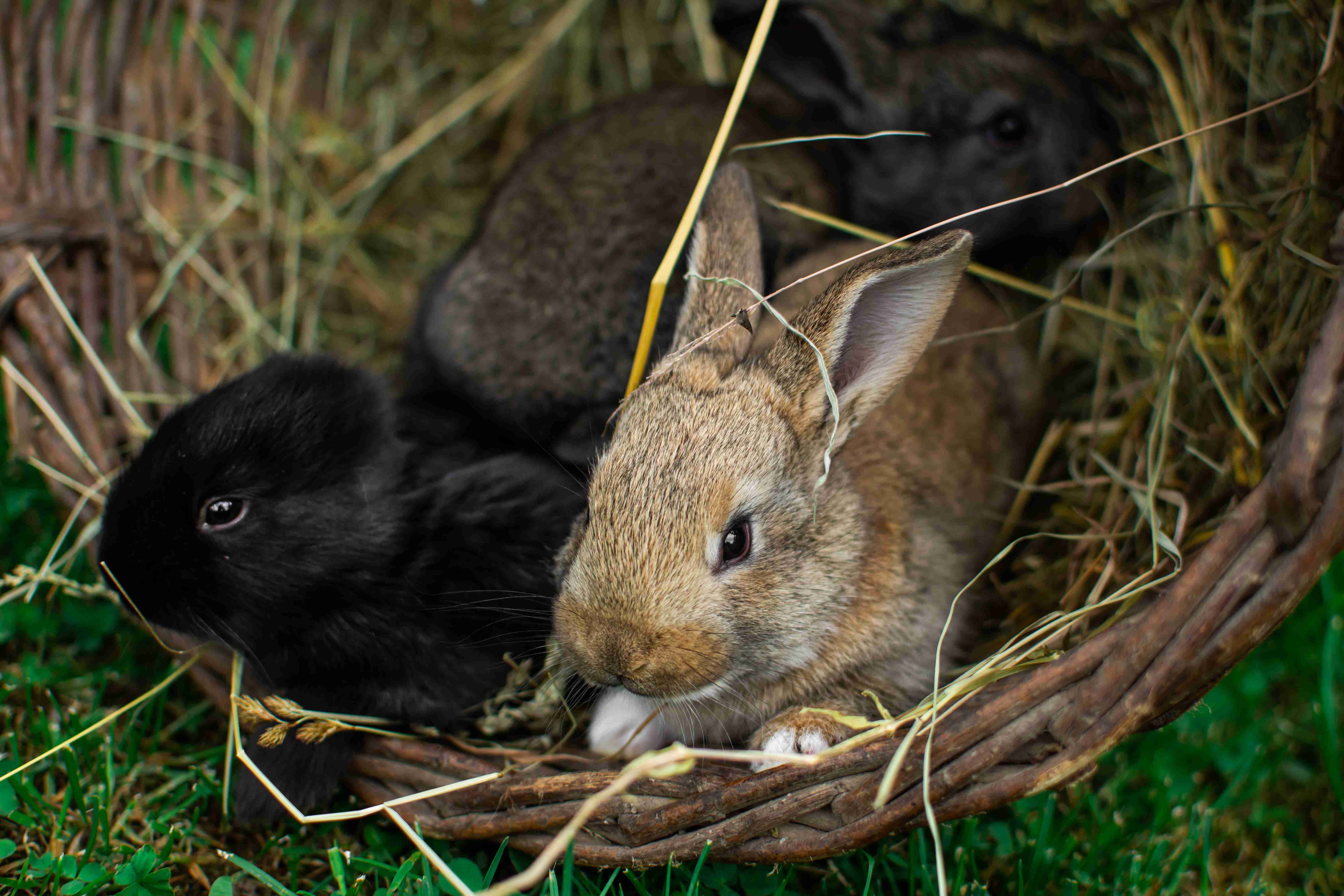
.jpg)
.jpg)
